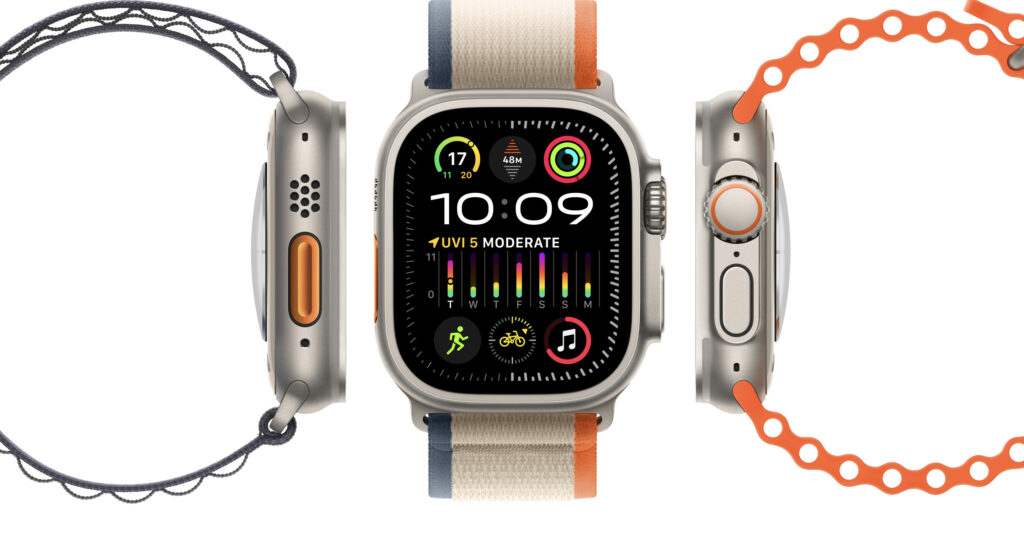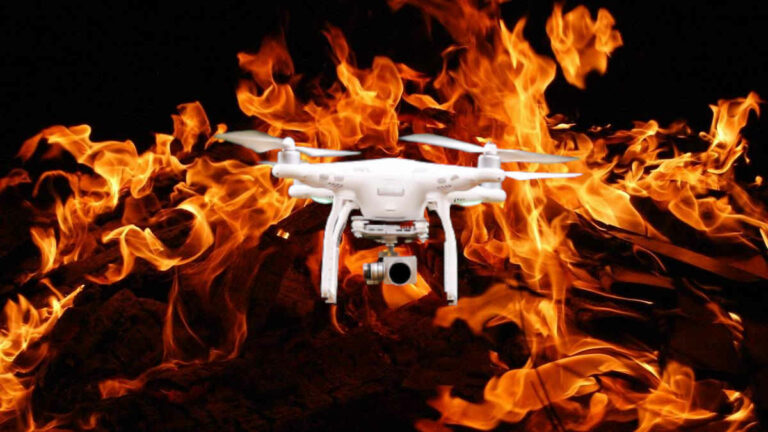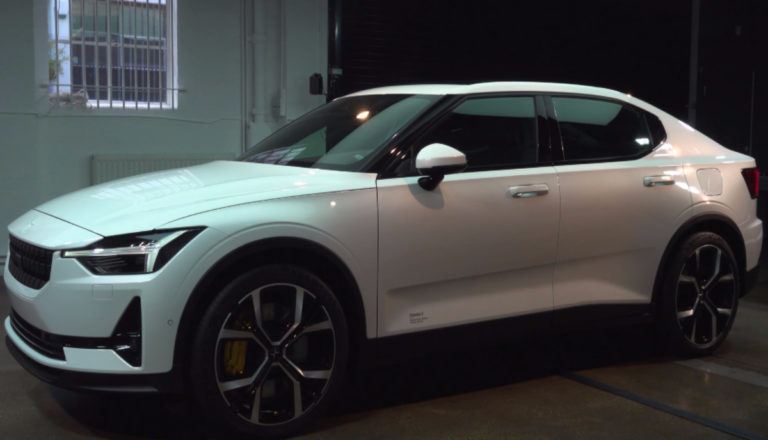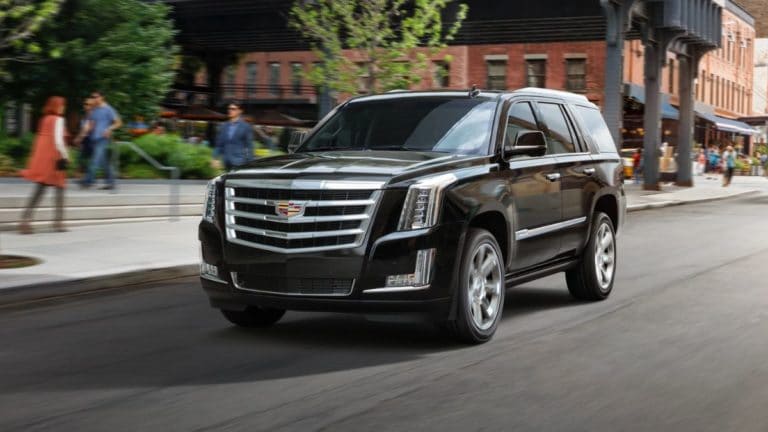Apple Watch is the most popular smartwatch on the planet, thanks in part to Apple’s integration and the features it offers. However, the company has found itself in hot water with the US International Trade Commission (ITC), which, in a recent ruling, has forced the company to halt its smartwatch sales due to patent infringements. Here is everything you need to know about it.
The crux of the Apple Watch ban
The whole saga revolves around a legal battle between Apple and medical device company Masimo. Masimo accused Apple of using their pulse oximetry technology, commonly referred to as SpO2 or blood oxygen saturation, without authorization in Apple Watch Series 6 and subsequent models.
However, to understand the issue in detail, we need to rewind a decade to when Apple was considering building its first smartwatch. At that time, Apple approached Masimo to collaborate on blood oxygen features. Unfortunately, Masimo declined Apple’s request, which led the company to recruit key engineers and the chief medical officer from Masimo.
To make matters worse, when the company debuted its first watch with a SpO2 sensor, i.e., Apple Watch Series 6, Masimo responded with a slew of lawsuits, alleging trade secret theft and patent infringement against the tech giant.
Fast forward to 2023, the ITC, responsible for adjudicating the case, sided with Masimo, confirming that Apple had indeed violated patents. Furthermore, the governing body imposed an import ban on the Apple Watch Series 9 and Ultra 2, scheduled to be enforced from December 26th.
Removing the Apple Watch from the market
Following the ITC’s refusal to postpone the ban, Apple has removed its flagship watches, the Apple Watch Series 9 and Apple Watch Ultra 2, from its online stores. Additionally, the company plans to pull these watches from shelves starting December 24th.

However, it is important to note that the ban solely impacts Apple’s own sales channels, allowing third-party retailers to continue until their existing inventory runs out. Moreover, the ban is only applicable in the US, leaving sales in other regions unaffected.
What does Apple do now?
Although the company has not confirmed its plans to remove this ban, reports suggest potential software modifications to sidestep patent conflicts. However, the fact that Masimo claims that the patent infringements lie in the hardware could make the software route redundant. Therefore, if hardware adjustments are necessary, a minimum of three months would be required, considering design, production, and distribution timelines.

Alternatively, the company can also settle with Masimo to remove the ban. However, Apple spokesperson Nikki Rothberg, in a recent interview, stated, “The company is exploring various legal and technical avenues to ensure availability of the Apple Watch to customers,” indicating an improbable likelihood of settlement.
Can President Biden resolve the lawsuit?
As per US laws, once the ITC settles a lawsuit, it undergoes review by the US President and the US Trade Representative (USTR), who possess the authority to VETO the decision. However, according to legal experts, overturning such a decision is highly improbable.
“It’s unlikely that the import exclusion order will be disapproved by the USTR and the president,” said Smith Brittingham, partner at Finnegan, Henderson, Farabow, Garrett & Dunner, LLP.
What about Apple Watch repairs?
Unfortunately, due to the ban, Apple has temporarily suspended hardware repairs and unit replacements for specific Apple Watch versions, notably the Series 6 onwards (excluding the SE).
However, it is important to note that this repair suspension solely applies to devices beyond warranty coverage or lacking AppleCare Plus. As a result, if you accidentally damage your Apple Watch, you’ll have to await the company’s resolution of this lawsuit.







